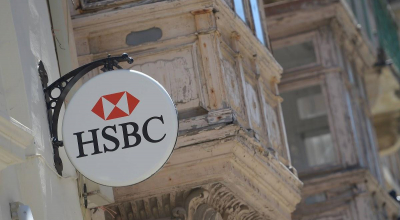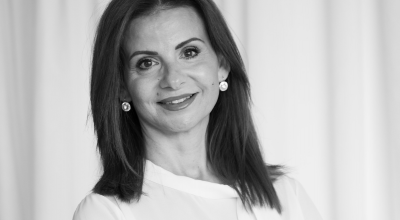Over 170 in Malta stateless, majority children under 10
There are 171 people in Malta without a legal nationality status – 48% of them are children

A total of 171 people in Malta are stateless, and almost half of them are under the age of 10, according to the 2021 Census results.
Of these, 48% are under the age of 10 and 25% are aged 20-29.
A stateless person is someone who is not considered as a national by any State under the operation of its law, the United Nations’ refugee agency says.
The absolute majority of stateless people in Malta are men, with 104 men and 67 women identified as stateless. 50 of them are of a Caucasian background – 26 men and 24 women.
There are 24 stateless people who are of Asian background, split into 14 men and 10 women.
Another 40 stateless people are of Arab racial origin, in equal gender balance.
The gender imbalance is most pronounced in the category of stateless people of African origin, where 40 out of 48 stateless people are men.
There are also five stateless people of hispanic or latino origin. Four of these are women, with only one man identified as stateless and of hispanic or latino origin. Another four stateless people are reported to identify with more than one racial origin. From this category, three are men and one is a woman.
Neil Falzon, Director of Aditus Foundation, noted with MaltaToday that the 2021 questionnaire asked persons if they had a Maltese or foreign citizenship, but did not outright ask if someone is stateless. “We assume that persons answering ‘no’ to both questions would be listed as stateless,” he said.
“Being stateless may be clear and apparent, as for example in the case of Roma or Rohingya persons. Yet it may also be hidden and unknown, explained by a Syrian single mother’s inability to pass on her citizenship to her children.”
He added that it is not up to the National Statistics Office to verify the replies in the census, as these are declarations of respondents to the best of their knowledge. “Just as NSO has not verified a person’s claim that they do not have any citizenship, it has also not verified all other replies stating that, ‘Yes, I have Maltese citizenship’, or ‘Yes, I have a foreign citizenship’”.
Falzon continued that determining whether someone is stateless is a complex process that involves researching a person’s history and relationships with various countries, such as place of birth, place of residence, and marriage. “Countries that have committed to taking this matter seriously introduced formal procedures to identify statelessness, procedures leading to an official declaration of statelessness with consequential rights. We are waiting for Malta to live up to the commitment it expressed internationally in 2019. Until then, Malta's stateless population will remain unidentified, invisible and ignored.”
Back in 2021, Malta was urged to fulfil its international obligations to establish a formal procedure that determines when asylum seekers are “stateless” – meaning a person who is not considered as a national by any State under the operation of its law.
In 2019 Malta acceded to the 1954 Convention Relating to the Status of Stateless Persons, yet to data Malta has not taken the legislative or administrative steps necessary to fulfil its new Convention obligations.
As a result of this omission, stateless persons in Malta remain unidentified and vulnerable to violations of their fundamental human rights. Examples include the rights to education, employment, freedom from discrimination, housing, personal liberty, family and private life.
Without a formal procedure to determine statelessness, Malta is unable to gain the necessary insights into the nature and size of its stateless population.
Chris Nash, Director and co-founder of the European Network on Statelessness, told MaltaToday that there are over half a million people in Europe who are stateless. Some of were stateless before coming to Europe and others became stateless as part of their migratory journey to Europe.
He explained that it is usually hard to identify the number of people in Malta who are stateless since there is no government procedure to identify statelessness.
“In terms of the adults who are stateless, it is likely they were stateless before coming to Malta. Regarding the children, they likely just could not access citizenship once in Malta due to a lack of relevant safeguards in Maltese nationality laws,” he said.
Nash added that there is a provision at law that allows children to achieve citizenship through naturalisation once they reach 18 years of age, but this provision has never been applied in Malta, “possibly because there is no procedure to identify statelessness”.
There are also ways by which the children of refugees can acquire their parents’ citizenship, but this process could be hindered if the children or parents are unable to an embassy or consulate to formalise the citizenship.
Apart from this, approximately 20 countries do not allow women to pass on their nationality to their children on an equal basis with men. Such countries include, Syria, Libya, Egypt, Iran, Iraq, and several others.
On the situation in Malta, Nash suspects that many of the stateless children were born to parents who are refugees or migrants, or parents who were stateless, or mothers that could not pass down their nationality to their children.
In some cases, the lack of a birth certificate also inhibits children from acquiring legal citizenship.






.jpg)








.jpeg)




.png)

